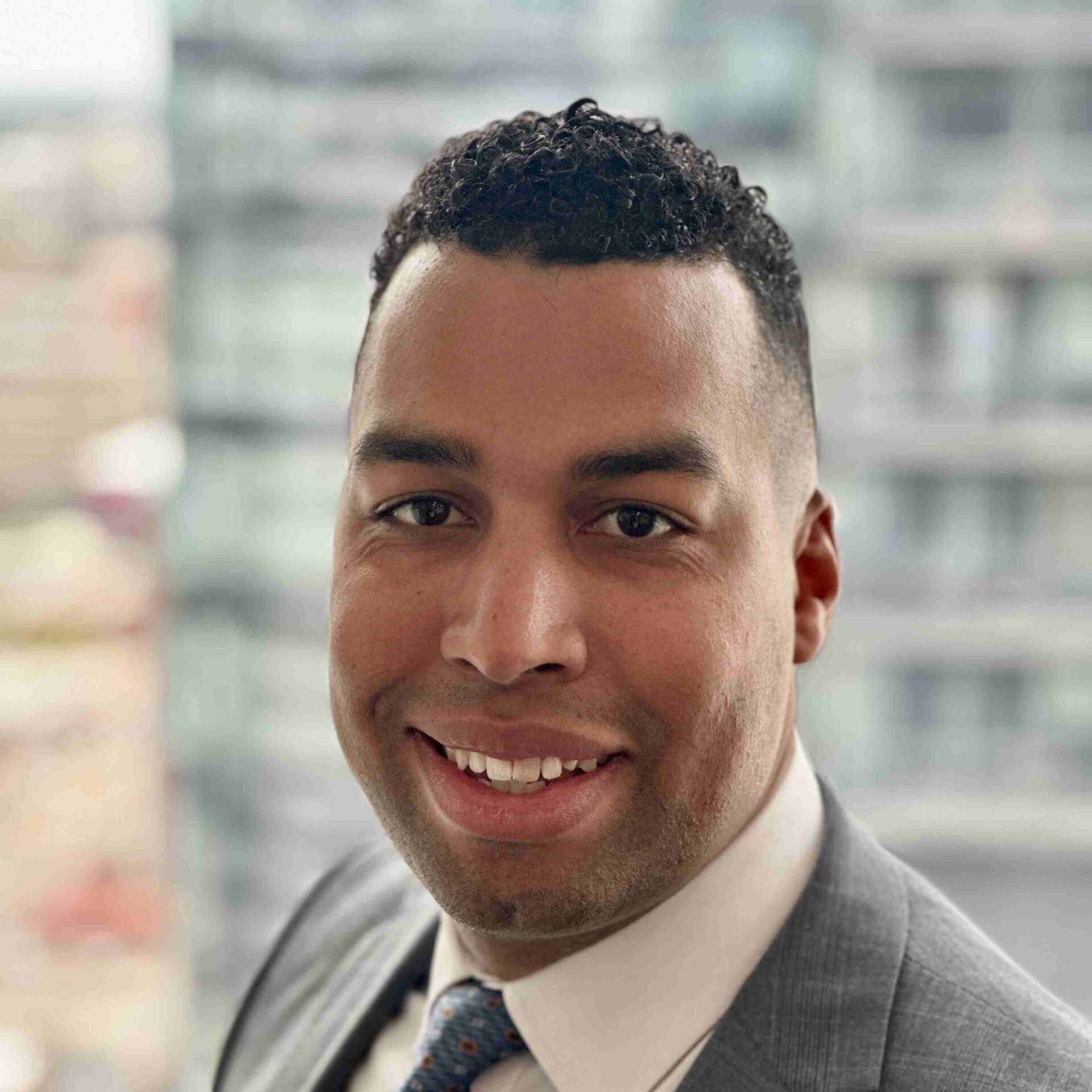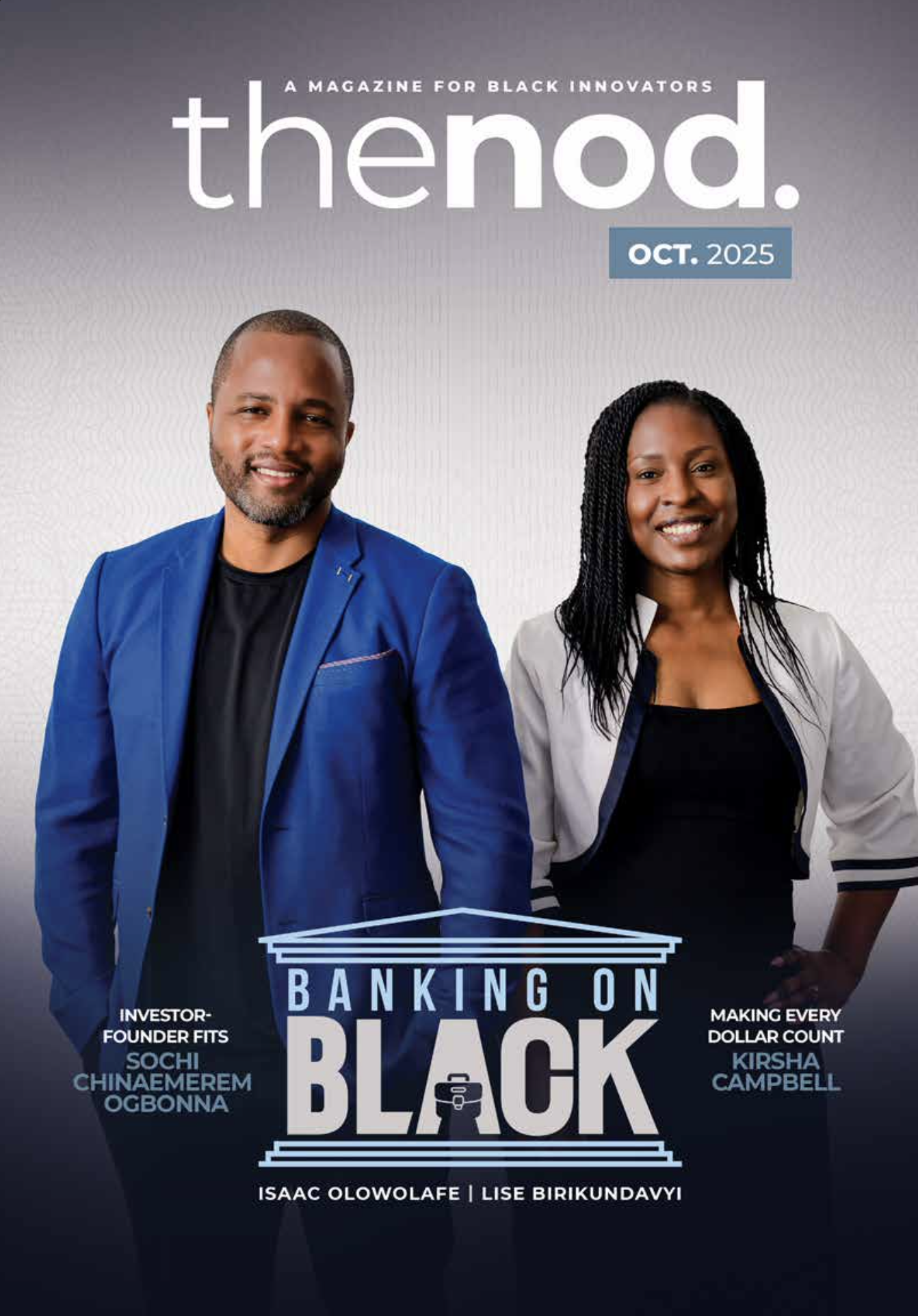This work chose me long before I had the language to name it. It came from a knowing deep inside, an intuitive call to advocate, protect, build, and heal. Leadership began in the margins when I had to survive. As a Black woman raising children, building a business, and showing up for my community, the path wasn’t made clear or easy. There was no manual or perfect roadmap, just instinct, inherited wisdom, and a refusal to give up.
The spaces I’ve led were not designed for people like me to thrive. I kept showing up regardless because the work and people mattered. Through these experiences, I’ve learned that leadership must be sustainable, or it becomes another system of harm. It begins with caring for and choosing to build structures that will not replicate the very things one is working to change.
The Cost of Traditional Leadership Models
I encountered rigid and transactional traditional leadership models rooted in colonial frameworks. These models demand that we trade humanity for productivity. They celebrate output over care. I internalized that for years, thinking that to lead, I had to be unbreakable. That I had to compartmentalize my grief, ignore my trauma, and keep pushing, even when my spirit was exhausted.
Yet, leadership that forces you to disconnect from yourself is not sustainable. I felt it in my body; how the stress lived in my shoulders. Burnout seeped inside my breath. It took me breaking down completely to understand that I could no longer lead from a place of performance. I had to choose something deeper, softer, rooted in healing.
Centering Humanity in Leadership
We’re at a crossroads. The world is changing, and the rising leaders must be skilled at wielding strategy and soul. We don’t need more performative DEI statements or leadership books that gloss over lived experience. We need models that allow us to lead from our full selves: grief, joy, fear, rest, and all. We need to normalize imperfection, centre care, and stop expecting people to check their identities at the door.
Leadership must feel human. That’s not a catchphrase, it’s a necessity. This is especially true for leaders from marginalized communities. They carry the weight of their work and the expectations of entire systems. When you are the first or the only, constantly navigating resistance is unavoidable. Human-centred leadership is the way we move past survival to flourish.
Reclaiming Strength Without Sacrifice
There was a time I wore strength like armour. It helped me move through unstable spaces. Then, it was applauded and admired. But over time, that armour started to suffocate me. Strength became synonymous with over-functioning. It became about showing up for everyone else while abandoning myself. Every accomplishment raised the bar higher until rest felt like a betrayal.
It took near-collapse to learn that sometimes, strength is about what you’re willing to let go of. So, I let go of that mental construct that I had to prove myself to systems that were never built for me. I created a business that allowed me to lead from wholeness, not perfection and opened that space to others who were tired of being strong in silence. That’s where the healing began.
Therapy is Not a Quick Fix
We’ve been sold the idea that therapy through Employee Assistance Programs is a solution to deep workplace trauma. Let’s be honest: offering three to six sessions to someone managing racism, microaggressions, and burnout is not a meaningful intervention. It’s a pacifier, a support that doesn’t meet the depth of the wound.
Healing takes time. It requires consistent support, cultural safety, and systems that address root causes, not just symptoms. When leadership teams default to quick fixes, they miss an opportunity for transformation. Real mental health support in the workplace looks like redesigning culture, not just offering coping tools for harmful environments.
Mental Health is Still Treated Like a Checkbox
In many organizations, mental health support is still performative. They only talk about it during Bell Let’s Talk Day or tuck it into a slide deck during onboarding. When employees start to crumble, the same leaders express shock. They don’t understand that neglect has a cost and that price is human.
Mental health is not a trend or a PR move. It is an ongoing commitment to care, accountability, and disruption. It asks leaders to look in the mirror and question the actions that have contributed to harm. It demands structural change, not surface-level messaging. Anything less is disrespectful to those carrying the weight.
A New Era of Self-Preservation
There’s a shift happening. More and more people, especially racialized folks, Gen Z, and members of equity-deserving communities, are refusing to sacrifice their well-being for a paycheck. They are walking away from roles that drain them, leaders who gaslight them, and systems that only value their labour.
Some companies are trying to fill that void with artificial intelligence, hoping digital efficiency will replace human capacity. But care cannot be automated. Emotional intelligence cannot be outsourced. The heart of a team is its people. And when you neglect that, no amount of tech can fix what’s broken.
Wellness is the Foundation of Resilience
If your company is experiencing high turnover, low morale, or widespread burnout, the question isn’t “What’s wrong with them?” It’s “What in our culture is creating this?” You cannot build a strong bottom line on the backs of broken people. You build it by investing in their well-being.
Wellness isn’t optional. It’s the soil that resilience grows in. When people feel seen, supported, and safe, they work better. They stay. They lead. They heal. And that’s what sustainable leadership looks like: people-first, care-driven, and deeply, unapologetically human.













